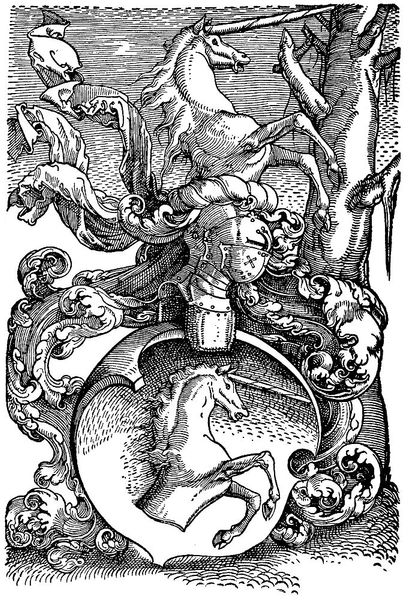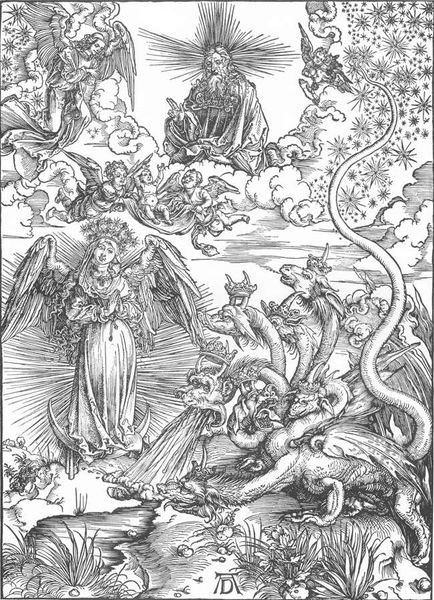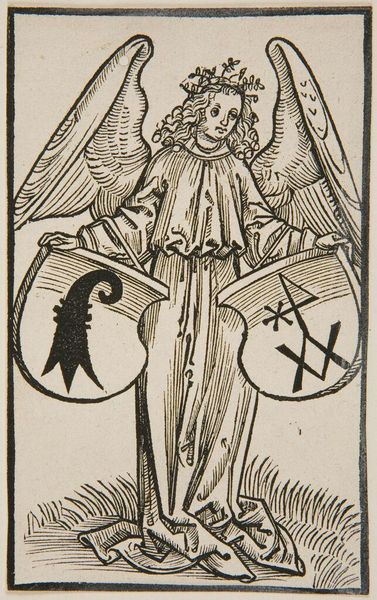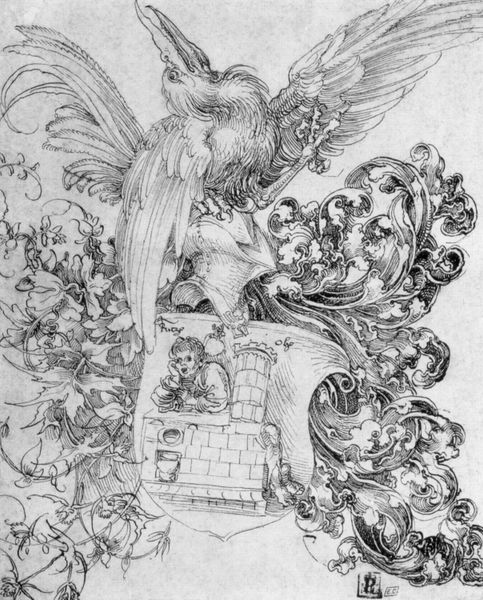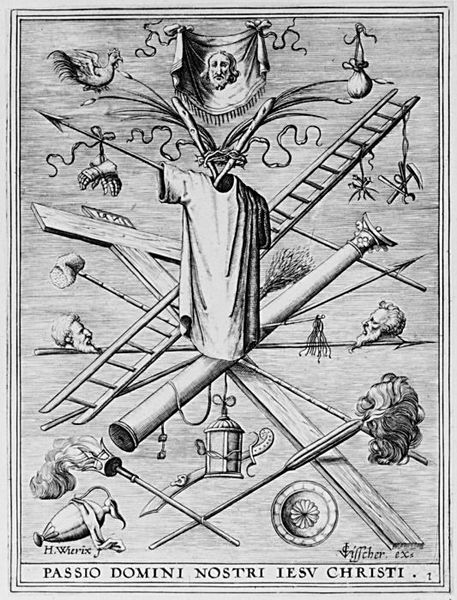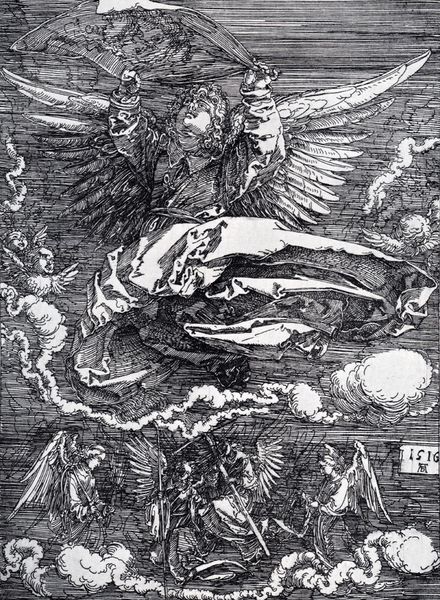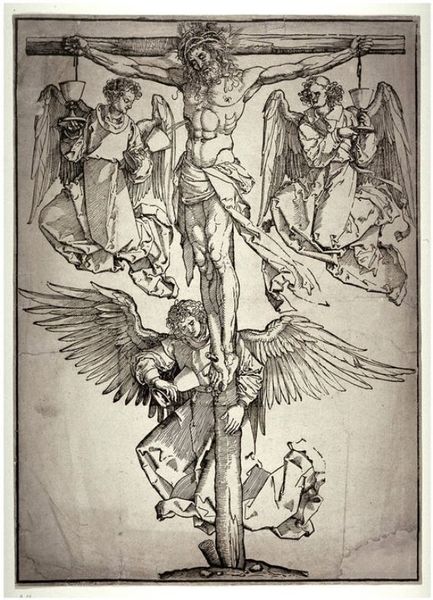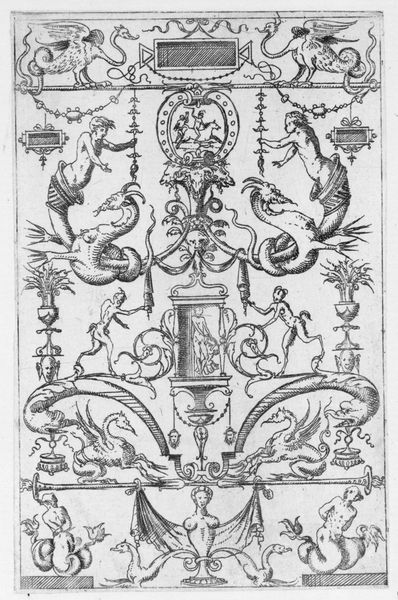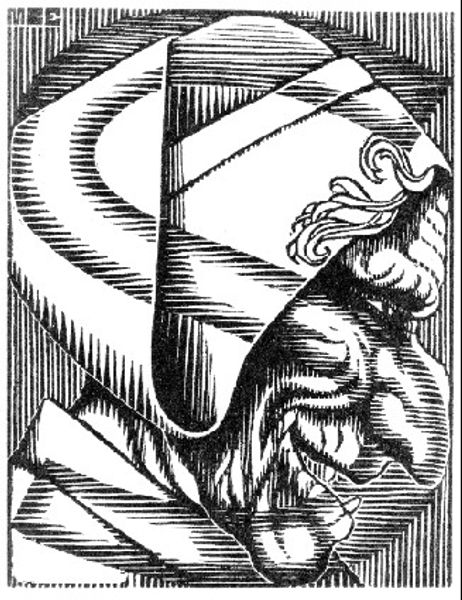
Copyright: Public domain
Curator: Let’s turn our attention to Albrecht Dürer’s "Coat of Arms of the House of Dürer," created in 1523 using ink and engraving techniques. What are your initial impressions? Editor: My first thought is of intense detail—the texture and labour that’s embedded in every line. It feels almost obsessive, doesn't it? I am struck by the tension between the ornate embellishment and the stark black and white of the print. Curator: It's important to understand the historical context; the work elevates Dürer's family name at a time when social mobility was accelerating. We are looking at the burgeoning sense of identity through craft, the professional status marked by family, by civic virtue. Editor: I can see that. There's certainly a desire to communicate a lineage steeped in work and social elevation. Considering it's an engraving, what impact do you think this method has on conveying that message? Curator: Printmaking democratized images, ideas and polemics. This allowed Dürer to disseminate his personal story far and wide. Here the medium becomes part of the artwork's message – an embrace of the modern capabilities available at the time. The composition, however, rooted in the medieval period, points back towards traditional heraldry. Editor: So there is almost a tension between new and old processes on the actual material level. I find the winged figure particularly interesting. The wings juxtaposed with the figure donning what seems like an artisan’s hat creates a fascinating image. Curator: Absolutely, the figure’s attire connects him directly to his labour. The winged figure is also reminiscent of Fortuna, connecting artistic production and fate with the cultural associations surrounding industrious work as well as personal creativity and genius. Editor: Ultimately, I read this emblem as a marker for self-promotion, yet executed with such skilled craftsmanship that it becomes much more than mere vanity. Curator: I agree. Considering the layers of meaning woven into a medium accessible to a wider audience allows one to ponder how artists utilize their resources, networks, and personal symbolism to shape both the narrative of their familial identity and the context of art history. Editor: Well said, thinking about this image on a social level, its symbolic labour really expands when we examine Dürer’s own means of production and how those values influenced how his own identity was expressed.
Comments
No comments
Be the first to comment and join the conversation on the ultimate creative platform.
